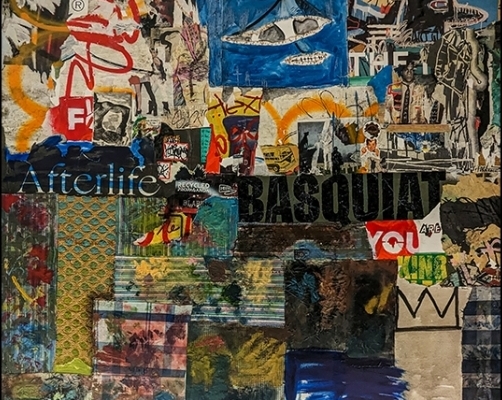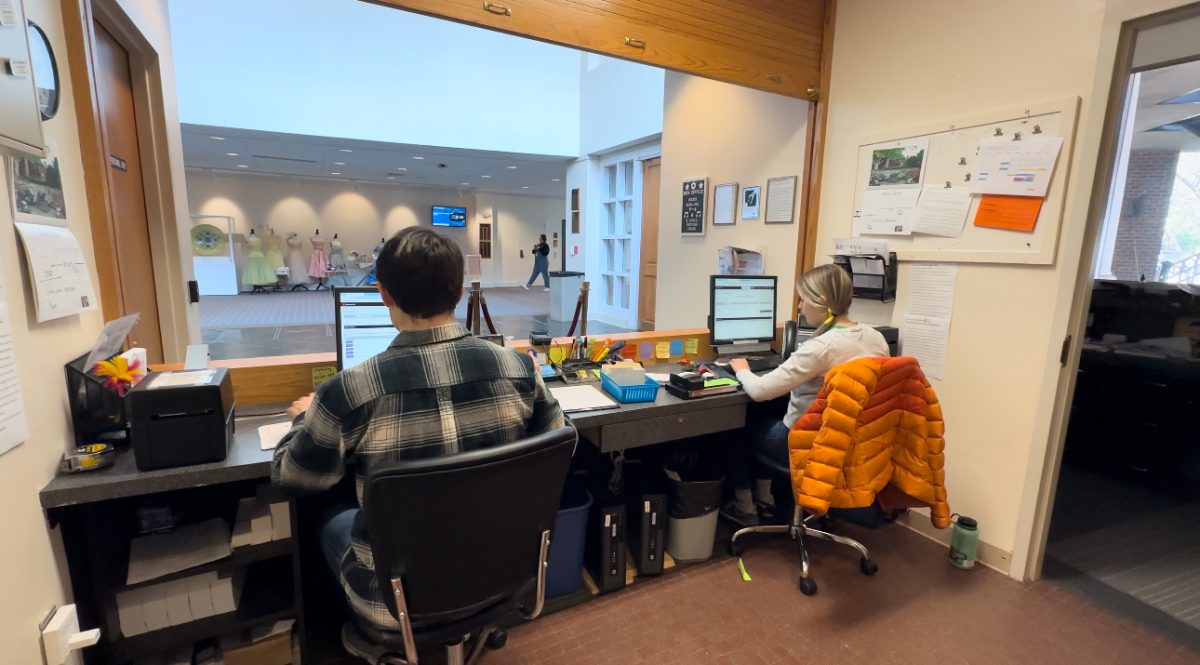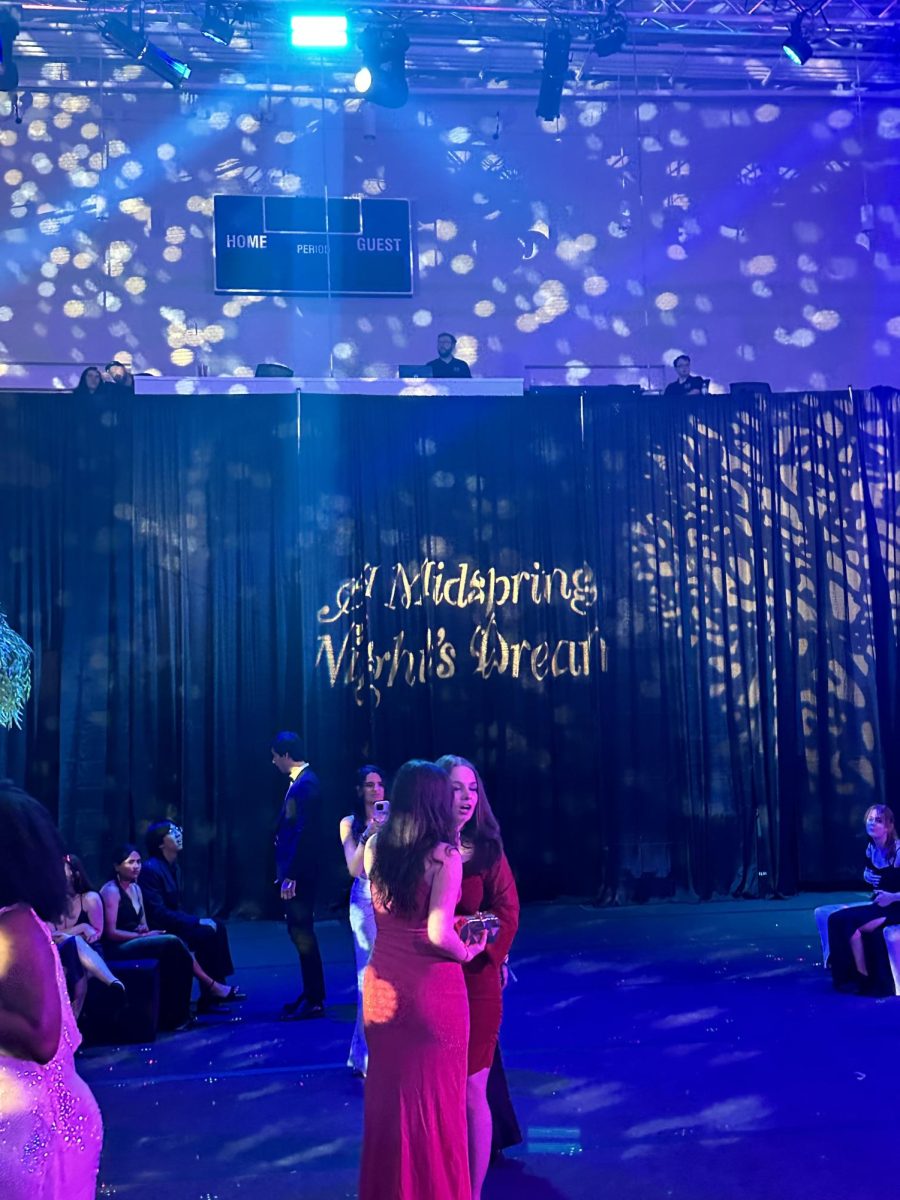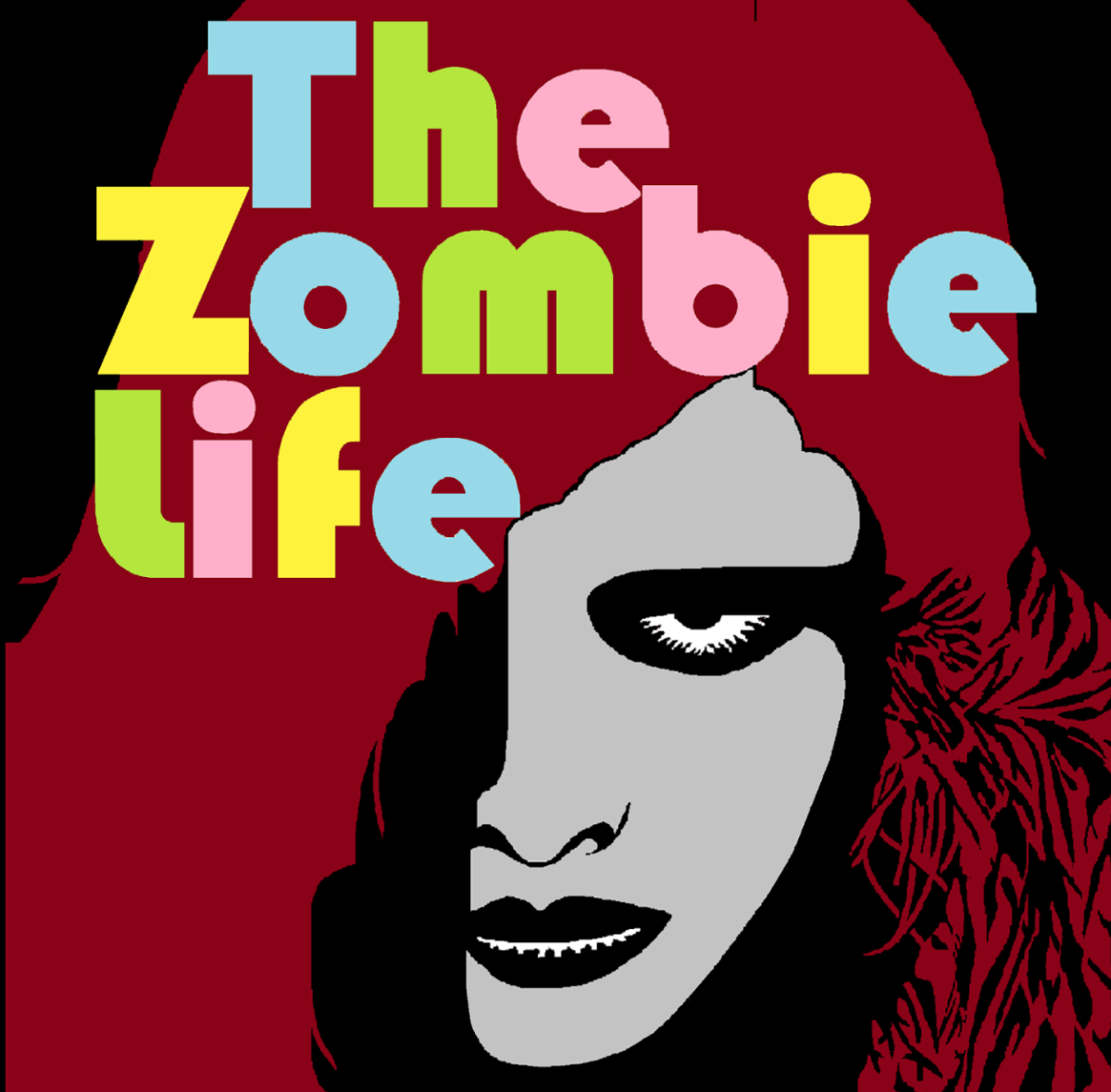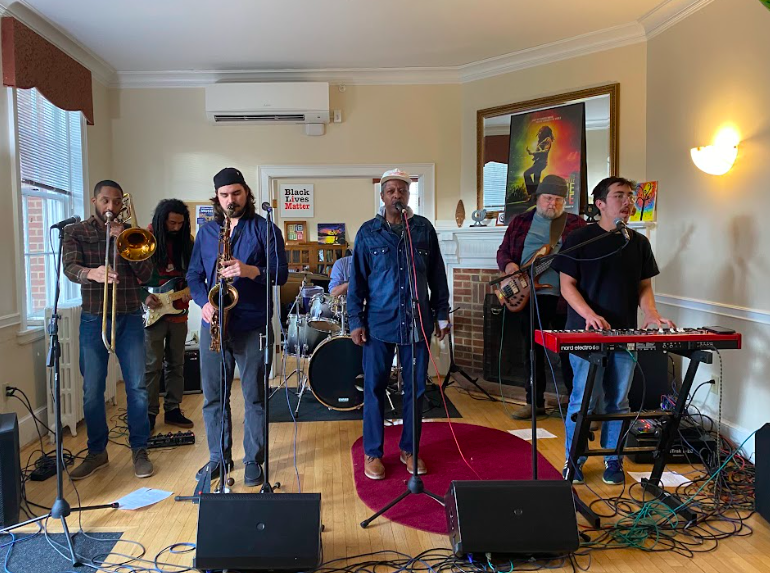Washington and Lee University’s Watson Galleries is currently home to several prints and collages by Sudanese-American artist Mohammad Omer Khalil.
Opened on Sept. 28 of last year, “Musings” is a student-curated exhibit celebrating the life and abstract work of Khalil, who is heralded as the first printmaker of his generation to come from the Arab world.
The W&L museums brought Khalil to campus for a lecture and gallery conversations on Nov. 30, where he talked about his travels, artistic inspirations and exploration of different art techniques.
Born in the capital city of Sudan in 1936, Khalil said he was always drawn to art, even when artists were considered outcasts according to Sudanese culture. He recounted creating sculptures out of clay and making drawings as a child despite the disapproval of neighbors and elders.
Once he was an adult, Khalil left home to receive classical art training at Khartoum’s School of Fine and Applied Art. He later studied in Florence, Italy.
While there, Khalil said he felt compelled to begin infusing aspects of his home culture into the classical Italian art taught to him and his peers.
The act of combining his Sudanese heritage with the arts of different western cultures has stayed with Khalil, who says Sudan remains deeply ingrained in his DNA.
It was also in Florence that Khalil expanded into the realm of printmaking. He began with black-and-white prints, avoiding color.
“Black and white is the richest medium, the richest color in all printmaking,” Khalil said.
While color is fascinating, the artist said that all of the different hues can be deceiving in nature and aren’t nearly as successful as portraying the reality of the object or subject being depicted.
Khalil’s artistic development continued as he eventually moved to the United States in 1967 and sought out a place for himself as an expert printmaker in New York, where he has been based since then.
During his first years in New York, Khalil worked on printmaking with African American printmaker Robert Blackburn and became a part of the revolutionary wave of African art.
Alongside Blackburn, Khalil began exploring new printmaking techniques, including experimenting with color, photo-transfers, and a method of applying acid directly to a printing plate called spit bite.
Since then, Khalil has led countless workshops and had his work displayed in exhibits all across the globe, leading him to call himself a “collector” of memories and objects.
“If I can recall it,” the artist said about his collected memories, “I can relive it while I’m creating.”
The artist’s penchant for collection eventually manifested in his use of collage, an artistic technique that involves pasting an assortment of papers, fabrics, photographs, and other objects onto a surface.
“Homage to Basquiat 2” is one of Khalil’s more recent collage works featured in “Musings.” The artwork is colorful, made up of many different textures, symbols, and most notably, the pasted words “Basquiat,” “Afterlife,” and “you are king.”
Hailey Neaman, ’25, one of “Musings”’ curators, wrote that Khalil had expressed interest in working with the American artist, known for his early graffiti and neo-expressionist work, but that the two men never collaborated because of Basquiat’s untimely death.
Khalil said that besides his home country and the cities he has studied and worked in, the biggest influences to his art are other artists–Basquiat, Joan Miró, Bob Dylan.
“Tangled Up in Blue,” created in 1986, is part of Khalil’s tribute series to American singer-songwriter Bob Dylan, who the artist remembers listening to even when he lived in Sudan.
Khalil described Dylan’s music as a “miracle” to him and something he felt himself continuously relying on during times of sadness, like his divorce from his wife Claire.
Now, the Sudanese artist hopes that his artwork can help others feel the same empathy and solidarity he once felt with other artists like Basquiat and Bob Dylan. Khalil also said that he hopes that his art will preserve the memories of his home and the memories of those like him for generations to come.
“Why do I make art? Why do I breathe? To live,” Khalil told the audience.



